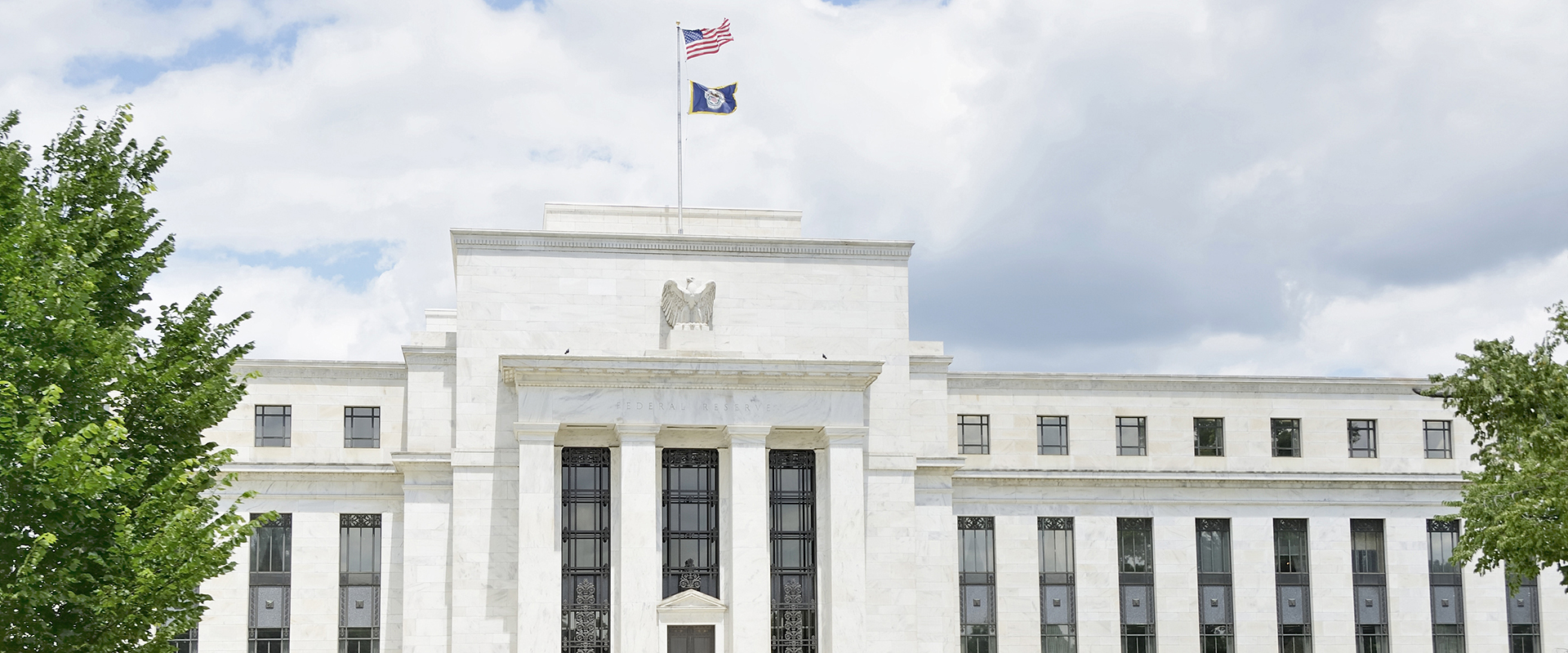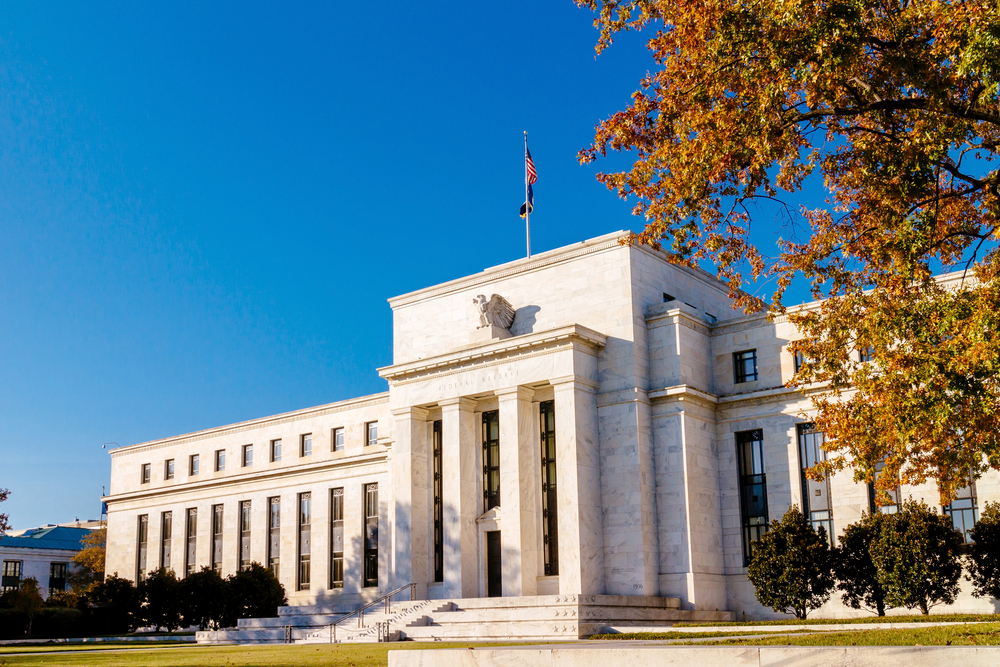FOMC: Tapering could begin this year and end by mid-2022
Federal Open Market Committee September Meeting Minutes have been released.
In line with market expectations, the Committee had not make any changes to its federal funds target of 0 - 0.25 and purchasing of assets at the monthly pace of $80 billion and commercial mortgage-backed securities at the monthly pace of $40 billion. The minutes stated that many of Fed members view inflation risks predominantly on the upside and noted that the pace of asset purchase program may be reduced in mid-November or mid-December and that program could be terminated by the middle of 2022.
In the minutes, which stated that some members expect inflation to remain at high levels in 2022, it was informed that many of the Committee members agreed that the current price increases are temporary.
Members shared the view that the economic recovery is generally on track, they observed that inflation was high and expected it to remain high in the coming months before getting moderated. Several participants indicated that a rise in the labor force participation rate might lag the improvements in other indicators such as the unemployment rate—a pattern consistent with past business cycle recoveries. Participants expressed a range of views regarding the extent to which they expected the labor force participation rate and the employment-to-population (EPOP) ratio would move back to their pre-pandemic levels
According to the minutes, participants reaffirmed that the Committee’s “substantial further progress” standard regarding its asset purchases was distinct from the criteria given in its forward guidance on the federal funds rate and that a policy shift toward a moderation of asset purchases provided no direct signal about its interest rate policy. Rather, the Committee had articulated a different, and more stringent, test concerning the conditions that would need to be met before it started raising the target range for the federal funds rate. Various participants stressed that economic conditions were likely to justify keeping the rate at or near its lower bound over the next couple of years.
In addition to noting that the economy was still well below maximum employment, several of the participants suggested that there would likely be sustained downward pressure on inflation in the years ahead.





